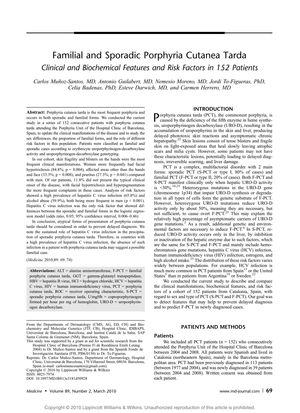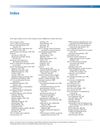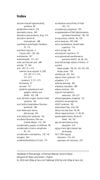Familial and Sporadic Porphyria Cutanea Tarda
March 2010
in “
Medicine
”

TLDR Most patients with Porphyria Cutanea Tarda had skin blisters and were often affected by hepatitis C and alcohol abuse, with differences between familial and sporadic cases.
In a study of 152 patients with Porphyria Cutanea Tarda (PCT) at the Hospital Clinic of Barcelona, researchers found that skin fragility and blisters on the hands were the most common symptoms, with women more likely to experience facial hypertrichosis, affected areas beyond hands and face, and pruritus. Atypical presentations were seen in 11.8% of patients. A high prevalence of hepatitis C virus (HCV) infection (65.8%) and alcohol abuse (59.9%) were identified as risk factors, particularly in men. HCV infection was significantly associated with sporadic PCT, and its absence may indicate a familial case, especially in high HCV prevalence areas. The study also found that 85.8% of patients had multiple risk factors for PCT, familial PCT patients had a lower frequency of hand blisters, HCV infection, alcohol abuse, and lower mean fasting glucose compared to sporadic cases. Additionally, 35.6% of patients had diabetes mellitus or prediabetes, and the study suggested urinary porphyrin screening for patients with iron overload and abnormal liver function tests. The research aimed to improve PCT diagnosis and prevention by characterizing its clinical and biochemical features.



